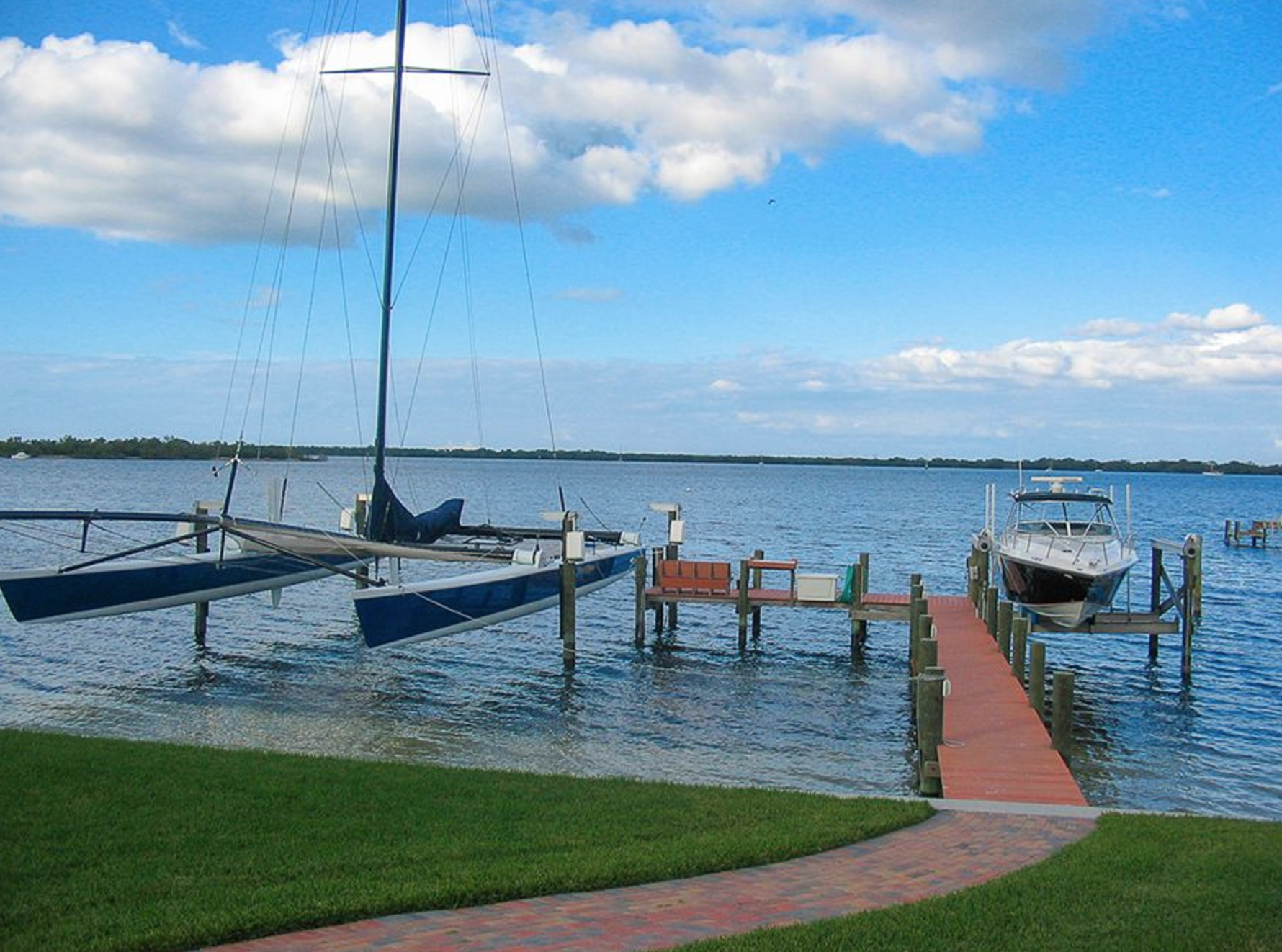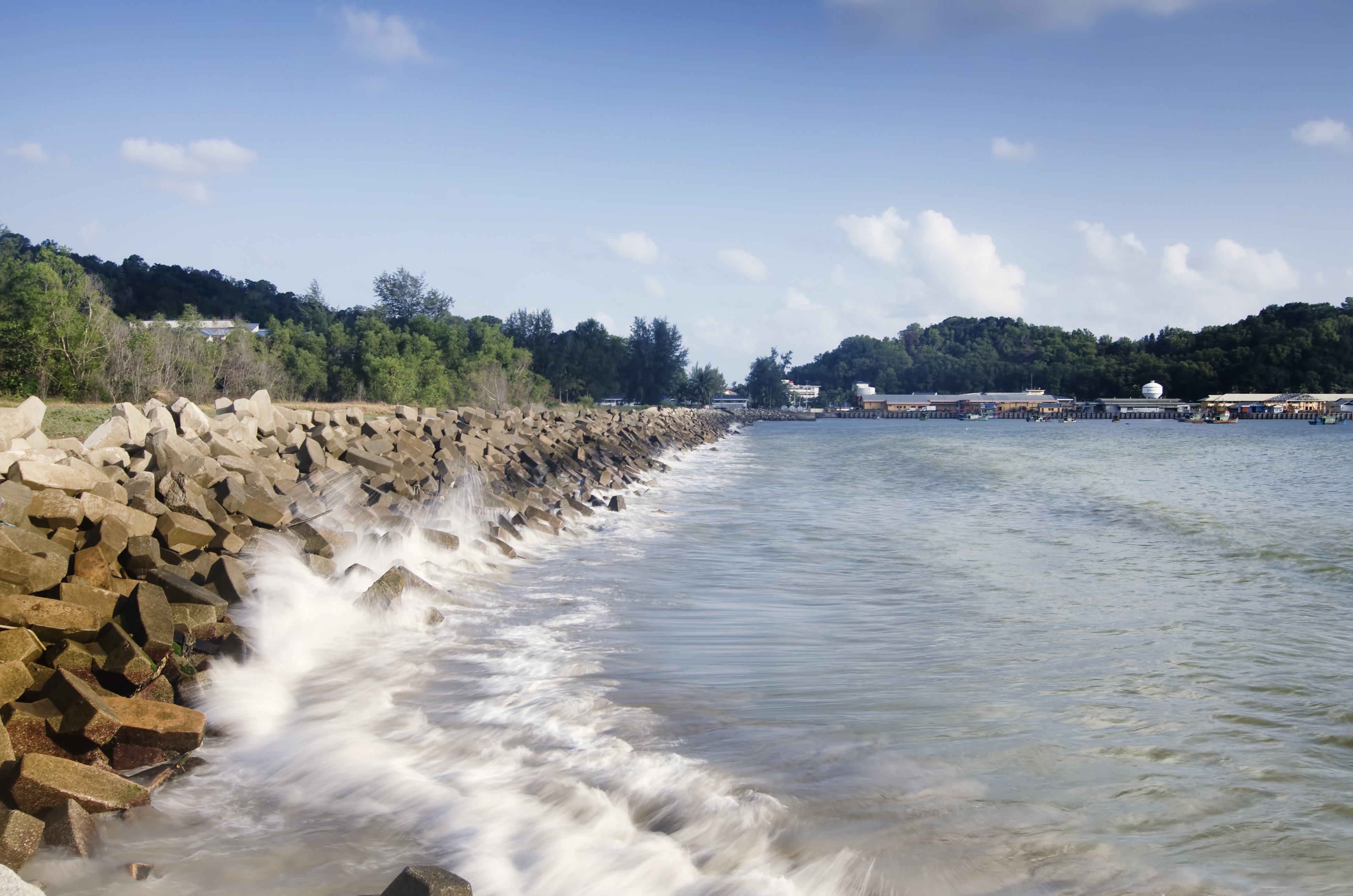A dry dock, sometimes also called a lock, has been a part of the seafaring world for centuries. It has been used since the middle ages in places as diverse as England and China. While largely used for boats, it also has many practical applications in construction. Today, the dry dock is used everywhere that bodies of water exist. But, what exactly is a dry dock? And what is it used for?
What is a Dry Dock?
A dry dock is a narrow basin within a body of water. It is usually a man-made construction often featuring a gate at one or both ends. Its unique construction means that it can be filled with water and then drained. When the dock is filled, a load-- such as a boat-- can be floated in. Once the load is safely in the dock, the gates are closed and the water drained, allowing the load to settle onto dry ground. Later, the dock can be flooded again, allowing the load to be floated out.
The Fascinating History of the Dry Dock
Dry docks have been in use at least since the 11th century. In China, there is an account of a basin being dug. Massive beams supported by pillars were installed in this basin. Later, a fine dragon ship, a possession of the throne which as in need of repair, was floated into the basin. Once inside, the basin was drained and the ship came to settle on the beams where it could be repaired. The much needed repairs could not have been made while the ship was in the water. Hence, the construction of the basin.
One of the oldest dry docks still in existence was commissioned by King Henry VII of England. It was commissioned in 1495 and built at His Majesty's Naval Base, Portsmouth, where, interestingly enough, it currently contains the world's oldest standing warship, HMS Victory.
Today, some of the largest dry docks are located in Athens, Greece, Belfast Ireland and Portland, Oregon.
They Can Help You with Vessel Maintenance
These days, although the mechanisms by which the process is conducted have been updated, dry docks are used much as they were in medieval times. Vessels are floated into the dock when they are filled with water. Once the ships are inside the basin, the gates are closed and the basin is drained, making it possible to give the vessel much needed maintenance and repairs. Repairs to the hull and painting require that a ship be removed from the water. A little shoring may be a good temporary fix for a leak, but to fix your vessel properly, you will need to get it onto dry ground.
They Are Also Used in Construction
Ship maintenance is not the only use for a dry dock. Dry docks are also used in construction being done in a wet location. For example, in the Netherlands, when a large dam called the Oosterscheldekering was built, each of the 65 massive concrete pillars it required, were built in a dry dock. Each pillar weighed a staggering 18,000 tons.
A dry dock was also used in the construction of Boston's Silver Line. The Silver Line is an immersed tube tunnel. The pieces of this tube tunnel were constructed in a dry dock before being put into place. This was the next best thing to constructing them in place.
Dry docks have a long and interesting history. They are necessary for ship maintenance and repairs that cannot be performed while the ship is in the water. They can also be used for construction projects that take place in wet areas. If you own a boat or spend any time on the water, there is a good chance you have seen one.










